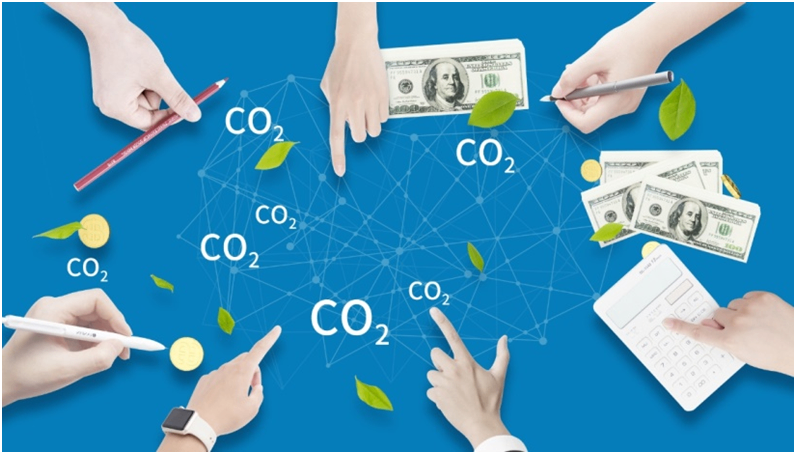Against the backdrop of global efforts to address climate change, carbon tariffs have gradually come into the spotlight and become an increasingly discussed topic in the field of international procurement. What impacts will their emergence bring to enterprises with international procurement needs?
Image Source:699pic.com
To analyze this issue, it is necessary to understand how carbon tariffs originated.
The initial concept of carbon tariffs was conceived as follows: after EU countries began implementing carbon emission trading mechanisms, their domestic products might face unfair competition in international trade. In such cases, import taxes would be imposed on countries that did not comply with the Kyoto Protocol. In 2009, the U.S. House of Representatives passed a relevant bill planning to levy carbon tariffs on imported emission-intensive products starting from 2020, which also drew widespread attention to carbon tariffs from the international community.
For enterprises, the need to pay additional taxes will undoubtedly affect actual procurement. First, there is a direct increase in cost pressure. The core mechanism of carbon tariffs is to tax the embedded carbon emissions of imported products. Take steel products as an example: based on the current carbon price difference between China and the EU, the cost of steel exported to the EU may increase by 652-690 yuan per ton. The chemical industry faces a similar issue: the cost of China's organic chemical exports to the EU may increase by 37%-56% due to carbon tariffs. These costs must be borne by enterprises, leading directly to higher local product prices and weakened competitiveness.
On the other hand, the emergence of carbon tariffs has pushed enterprises to focus on applying low-carbon technologies in the production process. The EU's accounting requirements for indirect emissions will further prompt enterprises to use green electricity or renewable energy. Moreover, while the EU allows importers to choose between actual emission data or default values, the default values may be higher than actual emissions. Enterprises need to prove their low-carbon advantages through technological upgrades to avoid passive acceptance of high tariffs.
From a positive perspective, carbon tariffs have to some extent promoted the global green transformation of industries. To cope with carbon tariffs, enterprises have to increase investment in R&D of energy-saving and emission-reduction technologies, improve production processes, and reduce carbon emissions. This will drive high-energy-consuming industries toward a green and low-carbon direction, contributing to the realization of global sustainable development goals.
However, negative impacts should not be overlooked. In reality, carbon tariffs have gone beyond their apparent simplicity and become a tool for trade protectionism in some countries. Particularly, some developed countries promote carbon tariff policies in the name of protecting the global environment and promoting green development, but their actual objectives are far more complex. Their real aim is to weaken the product competitiveness of developing countries. As developing countries generally have weaker technological and financial capabilities, reducing emissions requires higher costs. Therefore, imposing carbon tariffs will undoubtedly increase the burden on export enterprises in developing countries and hinder their ability to gain benefits in international procurement.

